Buy the photo Ebb and flow. by PEEQ. on canvas, ArtFrame, poster and wallpaper, printed on demand in high quality.
About "Ebb and flow."
by PEEQ.
About the artwork
Usually a beach consists of sand, sometimes pebbles or shells. Some beaches consist of volcanic sand and are black in color. A beach has little or no vegetation, although on quiet beaches, such as on the island of Schiermonnikoog and near Nieuwvliet in Zeeuws-Vlaanderen there are some salt-loving plants growing locally, and some marram grass. Sometimes any dunes present are counted as part of the beach. A coastal strip that consists of more solid material, such as rocks, or is overgrown, is often called a shore.
A beach along a sea or ocean is (partly) submerged when the tide is in. Usually a large part of the beach remains dry, but in exceptional circumstances (spring tide, onshore wind) the entire beach may be flooded. The upper limit of the beach (where vegetation begins) therefore also indicates how far the water can reach.
On a beach along a sea or ocean one generally finds seaweed, shells and jellyfish. Many things also wash ashore, such as wreckage, trash, things that have fallen off ships. Beachcombers are looking for valuable things that can be found on the beach. In the Middle Ages, beach law existed: the right of the landlord or local people to anything washed up on the beach. In most Western countries it is customary that what washes ashore belongs to the rightful owner (usually the owner).

About PEEQ.
I walk, I stop, I look, I click... Read more…
 Netherlands
Netherlands Ordered in October 2020
Ordered in October 2020
 Germany
Germany Ordered in June 2019
Ordered in June 2019
 Germany
Germany Ordered in June 2025
Ordered in June 2025
 Germany
Germany Ordered in September 2019
Ordered in September 2019
 Germany
Germany Ordered in October 2021
Ordered in October 2021
 Germany
Germany Ordered in December 2024
Ordered in December 2024
 Netherlands
Netherlands Ordered in October 2019
Ordered in October 2019
 Germany
Germany Ordered in November 2020
Ordered in November 2020
 Netherlands
Netherlands Ordered in July 2022
Ordered in July 2022
 Netherlands
Netherlands Ordered in February 2025
Ordered in February 2025
 Germany
Germany Ordered in June 2025
Ordered in June 2025
 Netherlands
Netherlands Ordered in December 2023
Ordered in December 2023
About the material
ArtFrame™
Interchangeable Art Prints
- High-quality print
- Easily interchangeable
- Acoustic function
- Large sizes available
Discover the artworks of PEEQ.
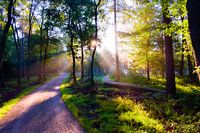 Loenen on the Veluwe.PEEQ.
Loenen on the Veluwe.PEEQ.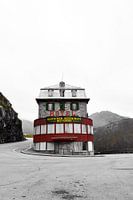 Furkapas.PEEQ.
Furkapas.PEEQ. Mariënwaerdt.PEEQ.
Mariënwaerdt.PEEQ.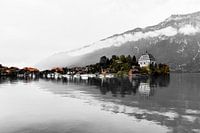 Iseltwald.PEEQ.
Iseltwald.PEEQ.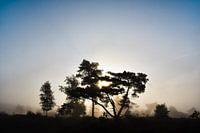 Sunrise.PEEQ.
Sunrise.PEEQ.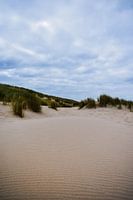 Dunes.PEEQ.
Dunes.PEEQ.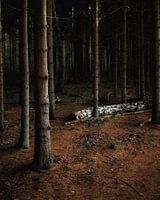 Fallen.PEEQ.
Fallen.PEEQ.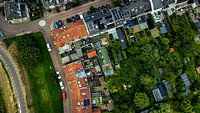 Culemborg.PEEQ.
Culemborg.PEEQ.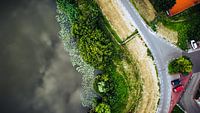 From Above.PEEQ.
From Above.PEEQ.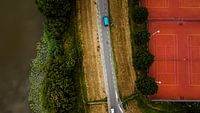 Tennis Court.PEEQ.
Tennis Court.PEEQ.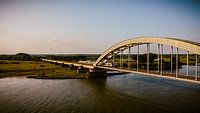 Railroad bridge.PEEQ.
Railroad bridge.PEEQ.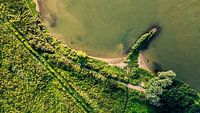 Floodplains.PEEQ.
Floodplains.PEEQ.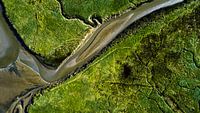 Saeftinghe.PEEQ.
Saeftinghe.PEEQ.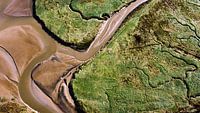 Drowned Land.PEEQ.
Drowned Land.PEEQ.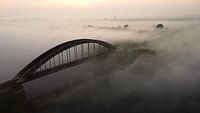 Blanket of fog.PEEQ.
Blanket of fog.PEEQ.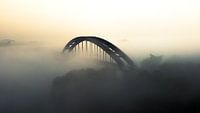 Mysterious Nature.PEEQ.
Mysterious Nature.PEEQ.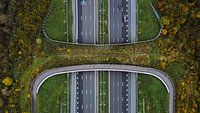 Ecoduct.PEEQ.
Ecoduct.PEEQ.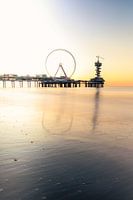 The Pier.PEEQ.
The Pier.PEEQ.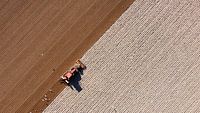 Abstractor.PEEQ.
Abstractor.PEEQ.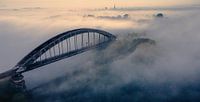 Kuilenburgse Railroad Bridge.PEEQ.
Kuilenburgse Railroad Bridge.PEEQ.
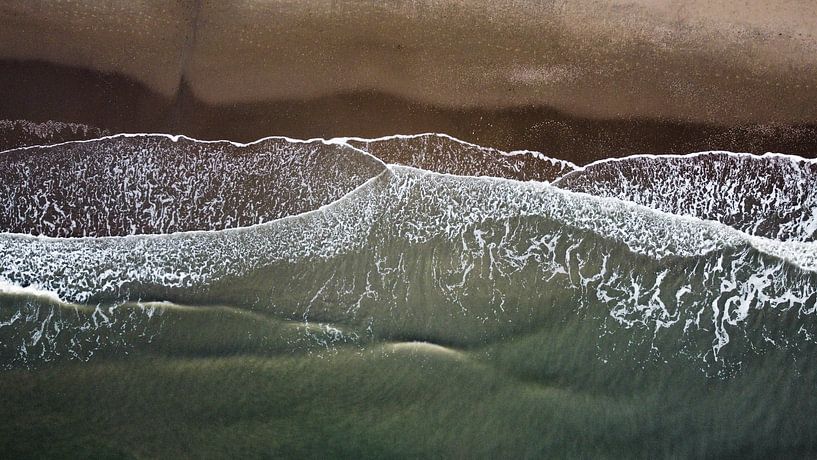


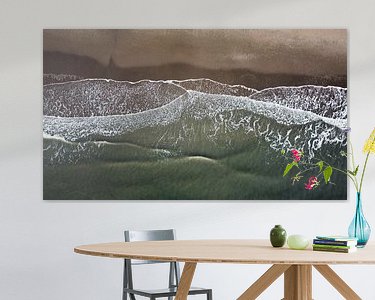


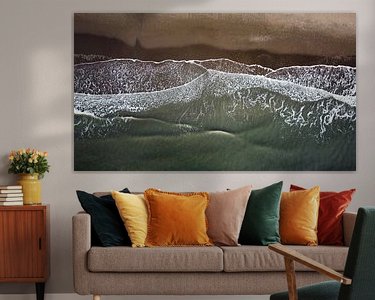

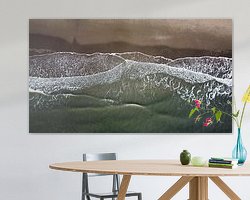

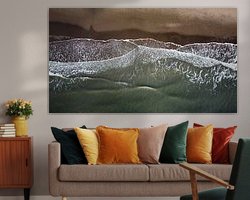


 Beach
Beach Gentle Whispers
Gentle Whispers North Sea
North Sea Photo wallpaper
Photo wallpaper Photography
Photography Scheveningen
Scheveningen Serene Peace
Serene Peace The Netherlands
The Netherlands Water
Water









